Ponce De Leon Inlet Lighthouse
The third tallest lighthouse in America once guided author Stephen Crane to safety.
The third tallest lighthouse in the United States, the Ponce de Leon Inlet Lighthouse has stood guard over Florida’s coast since 1887.
In 1835, a lighthouse was constructed on the south side of what was then called Mosquito Inlet (now Ponce de Leon Inlet). However, the lighthouse never received a lamp, and it was weakened by storms and attacks by members of the Seminole tribe during the Second Seminole War. It collapsed in 1836.
In 1883, construction began on a new lighthouse at a different spot in the inlet. The construction was overseen by Chief Engineer Orville E. Babcock. Sadly, Babcock and three associates drowned during the construction of the lighthouse. In 1887, the lighthouse was completed. It featured a first order fixed Fresnel lens from France, which could be seen from 20 miles away. On November 1, 1887, the lighthouse’s first keeper lit the lamp for the first time.
In 1897, author Stephen Crane, then a journalist covering the uprisings in Cuba, was shipwrecked off the coast of Florida. Along with several other men, he escaped in a small boat. The men used the light from the Ponce de Leon Lighthouse to navigate to shore. In his short story The Open Boat, Crane recounted the incident:
“The captain, rearing cautiously in the bow, after the dingy soared on a great swell, said that he had seen the lighthouse at Mosquito Inlet. Presently the cook remarked that he had seen it. The correspondent was at the oars, then, and for some reason he too wished to look at the lighthouse, but his back was toward the far shore and the waves were important, and for some time he could not seize an opportunity to turn his head. But at last there came a wave more gentle than the others, and when at the crest of it he swiftly scoured the western horizon.
‘See it?’ said the captain.
‘No,’ said the correspondent, slowly, ‘I didn’t see anything.’
‘Look again,’ said the captain. He pointed. ‘It’s exactly in that direction.’
At the top of another wave, the correspondent did as he was bid, and this time his eyes chanced on a small still thing on the edge of the swaying horizon. It was precisely like the point of a pin. It took an anxious eye to find a lighthouse so tiny.”
Today, the lighthouse is still in active service. A National Historic Landmark, the lighthouse is now open to the public. The supporting buildings have been beautifully restored and are now operated as a private navigational aid and museum by the Preservation Association. The view from the top is spectacular and features a collection of 1st thru 6th order lenses along with hundreds of related artifacts.
Community Contributors
Added by
Edited by
The Atlas Obscura Podcast is Back!











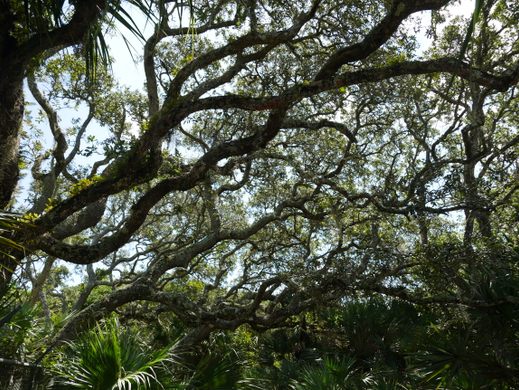
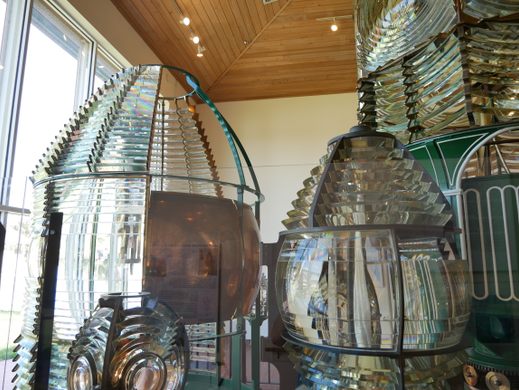
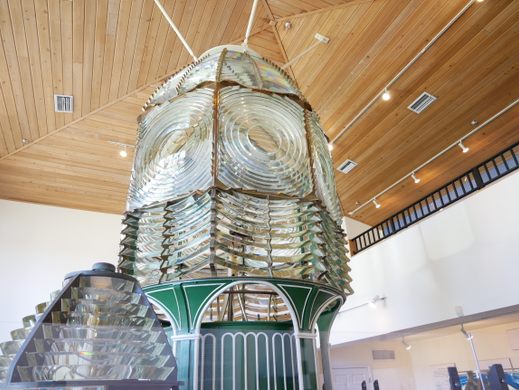
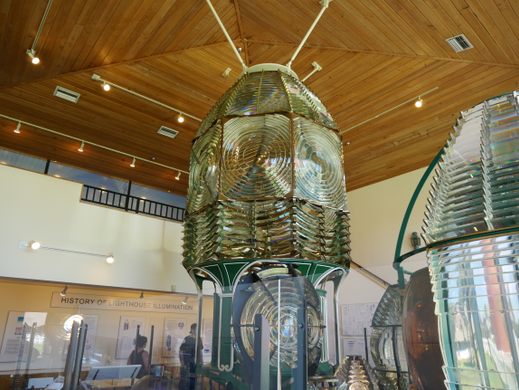
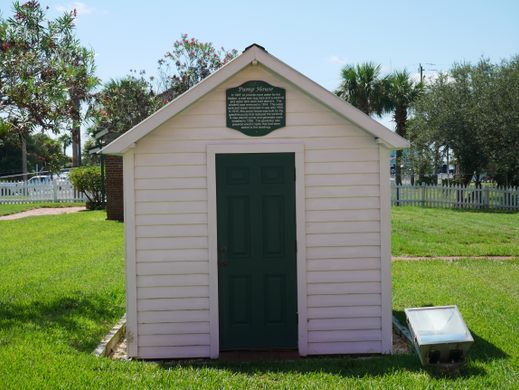

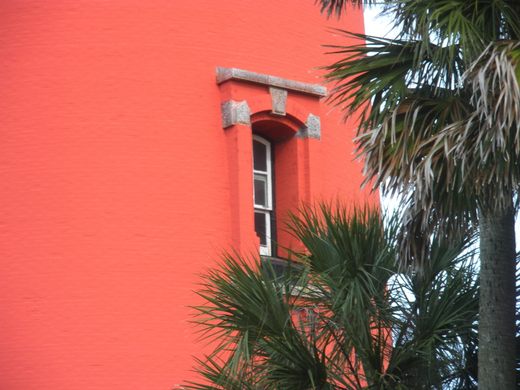










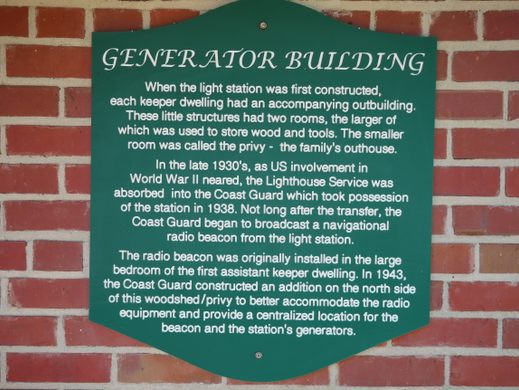
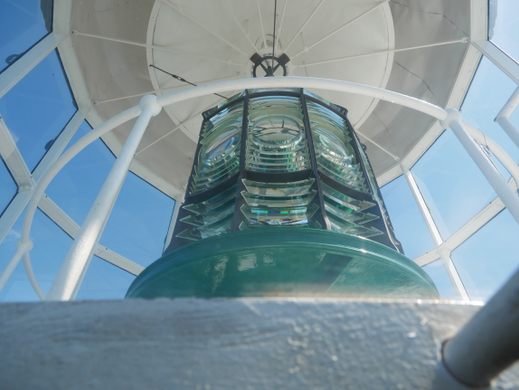












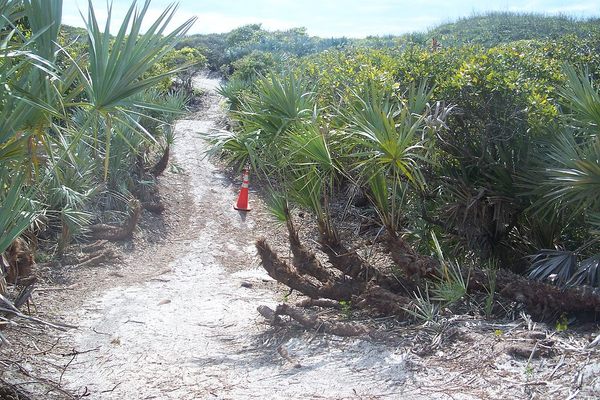
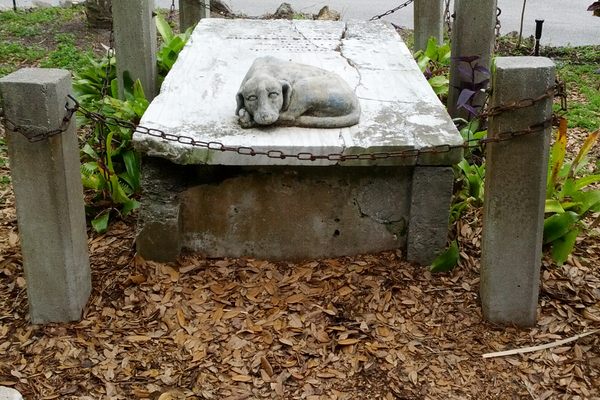

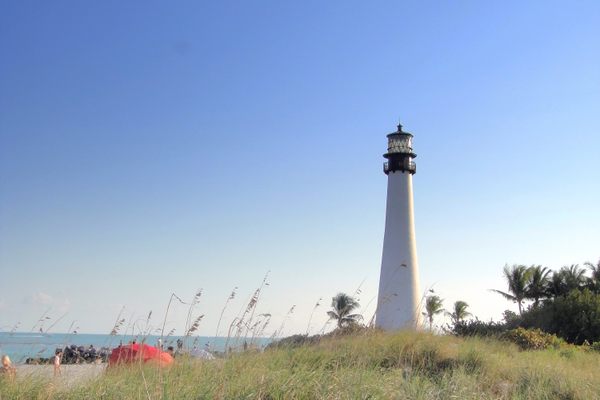


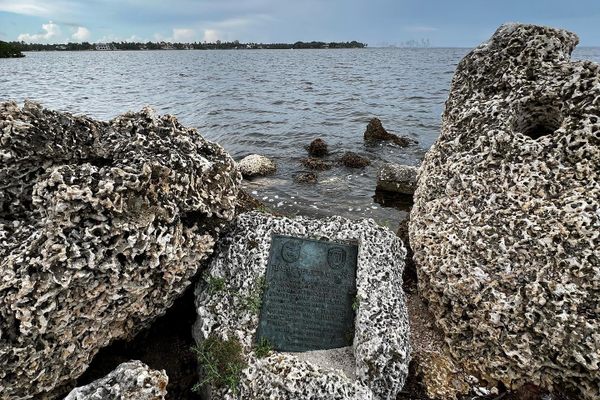


Follow us on Twitter to get the latest on the world's hidden wonders.
Like us on Facebook to get the latest on the world's hidden wonders.
Follow us on Twitter Like us on Facebook